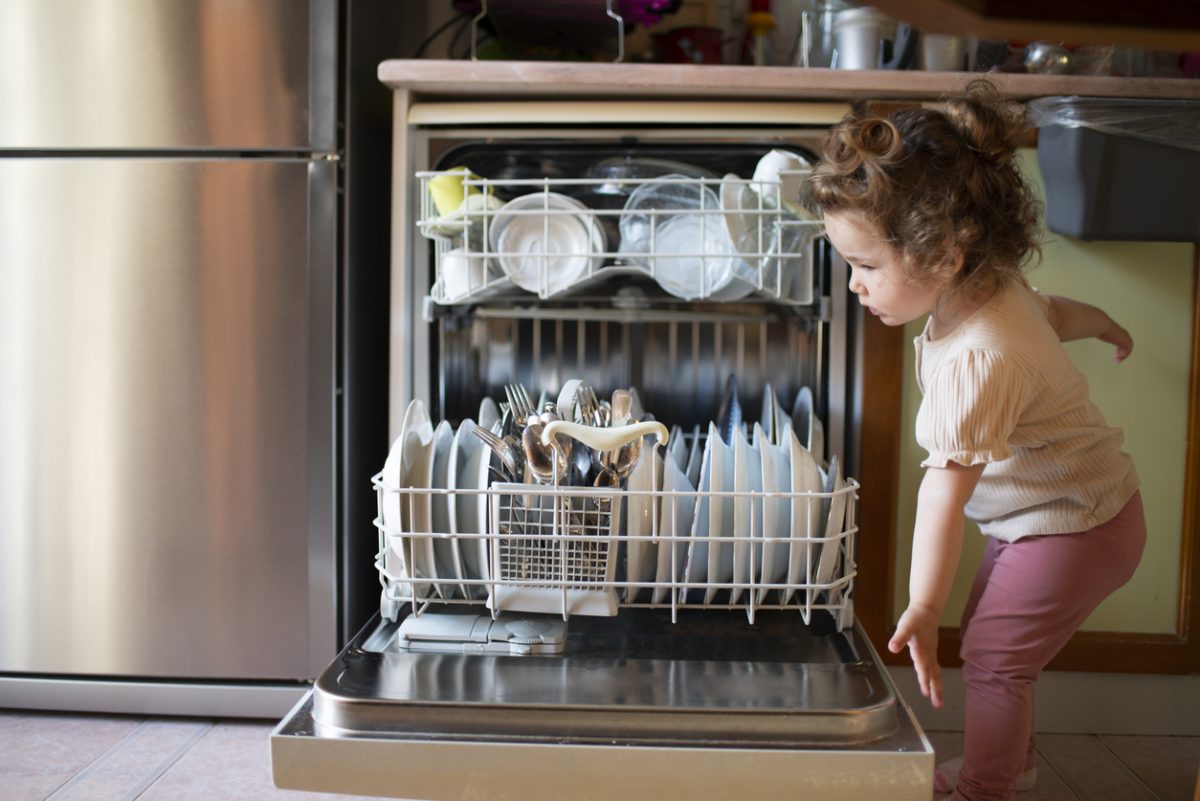
In recent years, people in areas where wildfire smoke hasn’t historically had much of an effect have received a wakeup call about indoor air quality and the importance of planning for smoke events. A room air cleaner is one of your best defenses when wildfire smoke and ash wreak havoc on indoor air. Don’t wait: Air cleaners can become popular items when wildfire smoke affects indoor air quality, and retailers sometimes report that they are in short supply during smoke events.
The smoke and particulate matter put out by wildfires is a health risk for anyone, but it is particularly dangerous for people with asthma or other conditions that affect breathing. The U.S. Environmental Protection Agency and Government of Canada recommend that people in wildfire-prone areas consider purchasing an air cleaner as part of their preparation for fire season, a step also recommended by ASHRAE’s just-released 10 Elements of a Smoke Readiness Plan.
If you are shopping for an air cleaner to improve your indoor air quality during wildfire season, you will likely come across models that use different types of technologies to clear the air. More important than the method the air cleaner uses is whether the air cleaner is appropriate for the size of the room in which it will be used. Look for the AHAM Verifide® seal and the air cleaner’s Clean Air Delivery Rate (CADR) on the air cleaner packaging. The seal means the air cleaner has been independently tested to ensure that it meets the manufacturer’s claims about its ability to remove tobacco smoke (the smallest particles included in CADR), pollen and dust. The suggested room size for the air cleaner will be noted prominently on the seal.
Under normal circumstances, you should choose an air cleaner with a smoke CADR two-thirds the size of the room in which you will use the air cleaner. However, those in areas heavily affected by wildfire smoke should select an air cleaner with a smoke CADR that matches the room size. For example, an air cleaner with a smoke CADR of 200 would be appropriate for a 200 square-foot room in an area affected by wildfire smoke.
If you are using an air cleaner to improve indoor air quality during wildfire season, take these steps to ensure that your air cleaner continues to operate at a high level:
Change the filter regularly: Your air cleaner’s use and care manual will recommend how often to change your air cleaner’s filter. These recommendations are based on the manufacturer’s testing, but can vary depending on how often you use the filter and the level of pollutants in the air. Extended operation in an area affected by heavy smoke may require more frequent filter changes. If the filter is changing color or if the level of air coming out of the air cleaner drops, it could mean the filter should be changed. Keep extra filters on hand, especially during wildfire season. Purchase replacements from reputable sources to ensure they are authentic and not counterfeits.
Clean the outside: Some manufacturers recommend using a vacuum to remove dust from the outside of the air cleaner. Vacuum or gently clean the dust from the outside of the air cleaner when you notice a buildup. An air cleaner that is dirty on the outside is likely dirty on the inside, so make this part of the process when you are replacing or cleaning the filter.
Vacuum regularly: Air cleaners are only part of the equation if you are seeking cleaner indoor air. Do a thorough cleaning of the area and vacuum regularly to remove particles so they are not kicked back into the air you breathe.
Change your furnace filter: If you change your furnace filter regularly, you might not have to change the filter in your air cleaner as often. However, a furnace filter is not a substitute for an air cleaner because it is designed to trap large particles. In addition, it is common for particles to miss the furnace filter and end up inside the home.
Give your air cleaner room to breathe: It might be more convenient to place an air cleaner against a wall and in a corner, but that will restrict airflow and reduce performance. Move the air cleaner toward the center of the room and operate it on high in an area free of obstructions. The more air that goes through the air cleaner, the more pollutants it will remove.


















